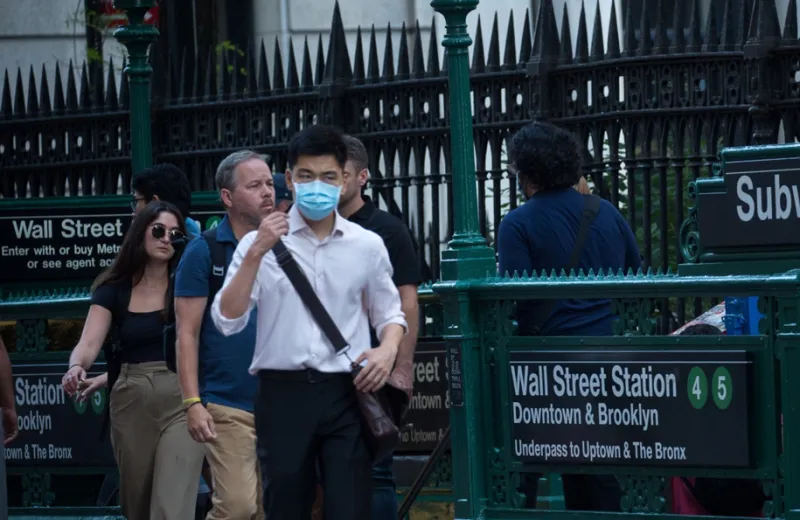With China struggling with its own economy — and not playing its usual role in sparking global growth — the best option for allocators is to invest in the U.S.
That’s the view of Marko Papic, chief strategist at Clocktower Group and author of Geopolitical Alpha, who focuses on international macro factors and how they combine to influence markets.
“From now until the end of the year, it’s really difficult for me to invest anywhere but in the U.S.,” said Papic. He believes inflation will peak in the U.S. in the next few months, which would then lead to a rebound in stock markets. But investments in other parts of the world are highly dependent on China, where strict Covid controls and harsh crackdowns on core industries have slowed down the economic recovery in the country.
“When do you buy the rest of the world? I think you need China to get serious about stimulus,” Papic said. He added that the fiscal policies imposed by the Chinese government have ripple effects on markets in Europe, developing countries, and Japan. In August, China’s State Council unveiled a 1 trillion yuan ($144 billion) stimulus plan targeting infrastructure spending and private businesses. But, according to Papic, Chinese decision-makers need to be more aggressive about their stimulus plans before global markets can benefit from them.
“If China doesn’t stimulate effectively, global growth will continue to be very weak,” Papic said. “The dollar will rise further, and that will be as if the Fed is tightening rates.”
As inflation persists and the Federal Reserve has gotten more hawkish, 2022 has been a difficult year for investors in the U.S. Some have turned their attention to emerging markets, where volatility has been unusually low and the economic conditions have been healthier than they were in prior market downturns. But the deteriorating outlook for global growth, dampened in particular by sluggish economic activity in China, has made Papic and a large contingent of investors believe that the U.S. is now a relatively better investment destination.
Fund flow data backs up investors’ strong preference for the U.S. According to data that EPFR pulled for II, U.S. equity funds saw an $11.8 billion net inflow in July, while European equity funds had a net outflow of $11.6 billion. The last time European equity funds had a positive weekly inflow was the first week of February, according to Cameron Brandt, director of research at EPFR. As for emerging markets, Asia ex-Japan equity funds just saw the highest level of weekly redemptions since 2015, according to another EPFR report.
“You can make a case against almost any corner of the world. At the moment, the U.S. is regarded as the least bad option [for investors],” Brandt told II. “It still has huge foreign exchange reserves. Its policymakers have levers to pull, and when they pull [the levers], they have power to make sure the goals are pursued.”
But for investors with emerging market mandates, China could still be a smart decision. According to Brandt, Chinese leaders are likely to ramp up both monetary and fiscal stimulus in the next few months due to the 20th National Congress of the Chinese Communist Party, which will take place on October 16. “It’s a good bet that the support for China’s economy is going to continue to run at a very high level,” he said.







